Sectarian outfits ready for big ‘mainstream’ debut
The extreme rightists likely the biggest threat to right-wing parties
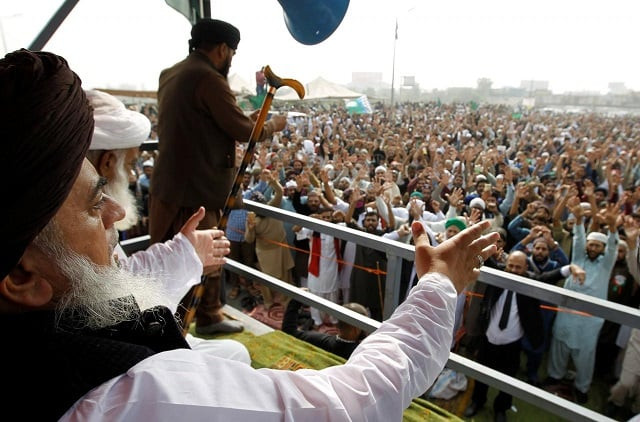
The extreme rightists likely the biggest threat to right-wing parties. PHOTO: REUTERS
The emergence of Muttahida Majlis-e-Amal (MMA) — an alliance of different religious parties in the 2002 elections and the number of seats they grabbed in the national assembly and provincial assemblies of Khyber-Pakhtunkhwa (K-P) and Balochistan took everyone by surprise.
The conglomerate comprised Jamaat-e-Islami led by Qazi Hussain Ahmed, Jamiat Ulema-e-Islam-Fazl headed by Maulana Fazlur Rehman, Jamiat Ulema-e-Pakistan (JUP) led by Maulana Shah Ahmad Noorani and Tehreek-e-Jafaria led by Allama Sajid Naqvi. The parties and their leaders, however, weren’t new to politics, with some being involved right from the pre-partition era.
However, in the aftermath of 9/11 and the US bombing on Afghanistan that followed on the pretext of hunting down Osama bin Laden and defeating al Qaeda, religious parties banded together to form this alliance, sparking a rejig of the political landscape.
Although this coalition enjoyed a hefty influence on the political front, by the time of the 2008 elections their unity seemed to have unravelled as JI decided to boycott the elections while JUI-F opted to participate in the polls held after the assassination of the then PPP chairperson Benazir Bhutto.
Firebrand cleric 'set for emphatic Karachi mandate'
From time to time, there were some futile attempts made to revive this alliance but eventually almost all of the original members found their way back together into an integrated MMA. Besides others, a major reason for this merger is the entry of sectarian actors into the political theatre.
In today’s scenario, the existing right wing parties feel threatened from the extreme right wing, which has fielded a massive number of contenders for various seats at both the provincial and national level. A glance at the pattern of candidates shows that most of these fresh entrants have also brought in the concept of shadow parties. For example, the Pakistan Rah-e-Haq Party (PRHP) emerged from Sipa-e-Sahaba party and Allah o Akbar Tehreek came to the fore as a shadow party of the Hafiz Saeed-led Jamatud Dawa, and Maulvi Khadim Rizvi’s Tehreek-e-Labaik Pakistan (TLP). They have planted more candidates than the MMA combined.
According to records, MMA has nominated a total of 192 candidates for the 272 directly elected constituencies of the National Assembly while TLP alone has fielded 178 contenders for the same. MMA’s focus, however, lies in the restive regions of K-P and Balochistan where they enjoy a sizeable vote bank while TLP eyes seats from Punjab where it has nominated 141 contestants with another 32 from Sindh, 16 from K-P and 6 from Balochistan.
Interestingly, when the Election Commission of Pakistan (ECP) did not register Milli Muslim League on the basis of a letter by the interior ministry claiming its affiliation with Hafiz Saeed, it already had a shadow party called the Allah o Akbar Tehreek registered under the name of a former student leader Dr Ahsan Bari, a right-wing prodigy.
The shadow party has now fielded a total of 78 candidates across the country, including 54 for Punjab, nine for Sindh and five for Balochistan. The third main element of the extreme right sectarian parties is the Pakistan Rah-e-Haq Party—registered under the name of a former leader of Sipah e Sahaba, Maulana Ibraheem Qasmi.
When Sipa e Sahaba was banned, some of its activists formed Ahle Sunnat wal Jammat (ASWJ), which was also declared defunct. However, ASWJ leaders Aurangzaib Farooqi and Maulana Ahmed Ludhianvi are contesting as independents while a majority of those declared fourth schedulers are running for the legislatures from the PRHP’s platform. The PRHP has fielded 21 candidates for National Assembly of its own and has made ‘agreements’ with different mainstream parties in several constituencies.
Ensuring transparency: Facebook disables MML accounts
Retrospective
The history of religious parties dates back to before the creation of Pakistan. The two leading religious scholars of pre-partition time, Maulana Maududi and Maulana Azad were among religious figures who opposed the idea of creation of Pakistan. Majority of Muslims of the undivided India gave their verdict in favour of Muslim League and Quaid e Azam Muhammad Ali Jinnah with the 1946 election serving an empirical example to this.
After the creation of Pakistan, religious elite and parties relied on religiously motivated slogans; used religious card to mobilise people on the street and soon became pressure groups. They incited public sentiments by launching Khatme Nabuwat Tehreek and a movement against the introduction of Muslim family laws by general Ayub Khan.
The country’s first general elections, in the 1970, West Pakistan witnessed the emergence of a new political force, the Pakistan Peoples Party (PPP) — a centre left party led by Zulfikar Ali Bhutto. Soon a conflict of ideologies arose between the centre left and right wing parties including the Muslim League and its religious associates.
The Bhutto led party entered the polls on a manifesto based on socialism, land reforms, and its popular slogan of ‘providing roti, kapra and makan for every citizen’. More than 130 clerics including Maulana Maududi, Mufti Mehmood and others issued a fatwa declaring socialism un-Islamic and its main proponent the PPP chairman an infidel.
However, the election results turned up in favour of socialism as leading figures of many religious parties lost to common middle class leftist candidates of the PPP. Sheikh Muhammad Rasheed, a hardcore leftist defeated Mian Tufail, the second in command of JI after Maulana Maududi in Lahore.
Similarly Dr Mubashir Hassan defeated another JI heavyweight Malik Ghulam Gilani while Khursheed Hasan Mir, Haneef Ramay and many other leftists defeated their right wing opponents.
Almost similar results came from East Pakistan which later became Bangladesh, where an overwhelming majority voted for the secular Awami League.
According to leading scholar, Professor Fateh Muhammad Malik, people have always voted for nationalism and socioeconomic justice while religious parties maintained their parochial agendas.
However, a national unrest followed the 1977 polls as some ‘unseen powers’ used religion as their arsenal to dislodge Bhutto from the political landscape. Although the PPP chairman initially complied to their demands and made certain administrative ‘tweaks’, such as declaring Friday an official weekly holiday and banning alcohol, another political deadlock soon surfaced between the PPP and the opposition over alleged rigging.
The conservatives in a bid to exert their pressure started the Nizam e Mustafa movement against Bhutto, eventually leading to imposition of martial law by the then military chief General Ziaul Haq.
Declassified documents of the Central Intelligence Agency (CIA) and many researchers show the religious card was used to send democracy packing and the entire episode was sponsored by the US government. Once these revelations came out religious parties were discredited and a perception prevailed that they used the name of religion to get rid of Bhutto.
The following years
Initially, religious political groups like JI became part of Zia’s cabinet but soon they realised that the general was not serious in bringing an Islamic system and abandoned him.
However, the Soviet invasion of Afghanistan engendered the infamous US sponsored war, forcing Zia and the religious groups to join hands again. Since the war was being fought on religious grounds, the madrassa system was brought to the forefront for providing ‘troops’ to assist the American army.
The rise of sectarianism and sectarian organisations was one of the corollaries of the Afghan war. The Sipahs and Lashkars came into being and in areas which had been epicentres of dogmatic movements, sectarian outfits became stronger, sidelining conventional religious parties. These new entries exploited sectarian divide to gain popular support.
After the 1985 non-party based elections and in the first party based polls in 1988, these outfits also entered into electoral politics. In the tumultuous decade of the 90s, orthodox parties once again tried to regain popular support by launching street movements led by the then JI amir Qazi Hussain Ahmed on foreign policy issues and Shariah laws. This movement was used by the country’s establishment to exert pressure on democratic governments and derive concessions in return. However these moves remained futile in the electoral exercise.
Later, during General Pervez Musharraf’s regime, conventional religious parties for the very first time formed government in K-P and Balochistan with sizeable presence in the national parliament. It is said that one of the reasons behind MMA’s unprecedented success was due to the political space created after leadership of mainstream parties like the PPP and Pakistan Muslim League-Nawaz were removed from the political arena.
In the post-Musharraf era, the main religious parties JI now under Munawar Hassan’s leadership and JUI-F being led by Fazl opposed foreign policy narratives of the powerful quarters—that then started making bets on a new informal alliance called Defa-e-Pakistan, which also included sectarian outfits.
‘Rent-a-party’ phenomenon emerges on political landscape
The present
Looking back towards the culmination on the PML-N government, sectarian organisations were seen exerting pressure on the government, raising issues like sensitive blasphemy laws through street mobilisation and sit-ins. Organisations like TLP are now cashing in on the same factional appeal they gained during these protests to materialise it as electoral success.
It seems that space is being created for outfits like Jamatud Dawa by launching candidates from the platform of Allah o Akbar Tehreek to give them a new political face amid growing international pressure. The PRHP is also an offshoot of the defunct ASWJ which was an earlier part of Defae Pakistan.
The number of candidates fielded by these outfits in the upcoming elections has astonished everyone. In the electoral contest these parties may not fare very well but they would certainly damage vote bank of mainstream parties. They are also likely to put a dent on MMA whose components are the conventional religious parties.
The rise of these sectarian groups can serve three crucial purposes— divide the vote bank of mainstream parties, create space for these outfits and later use them as pressure groups.
Nevertheless, only time will tell the impact of these manoeuvrings on national action plan, internal security threats from extremism and image building of the country in the long run.


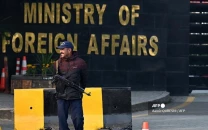

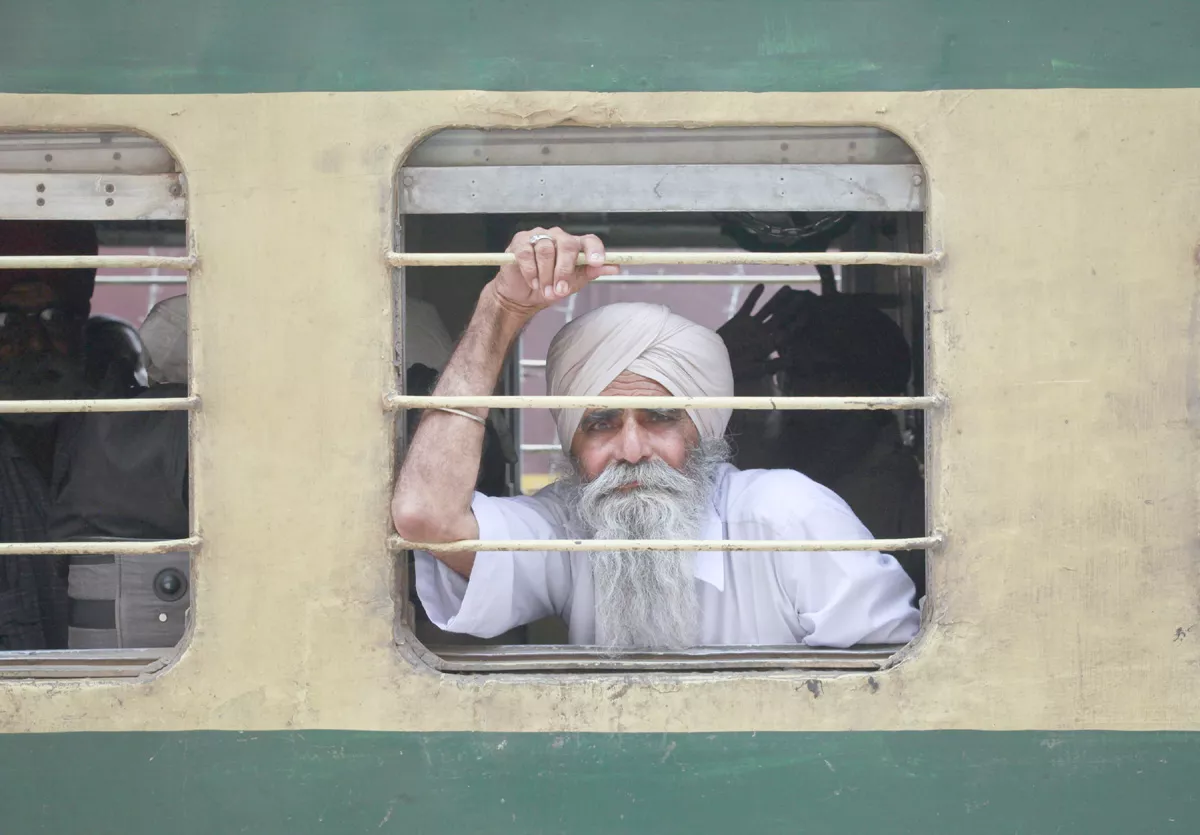
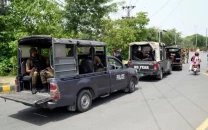
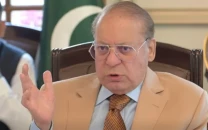










COMMENTS
Comments are moderated and generally will be posted if they are on-topic and not abusive.
For more information, please see our Comments FAQ